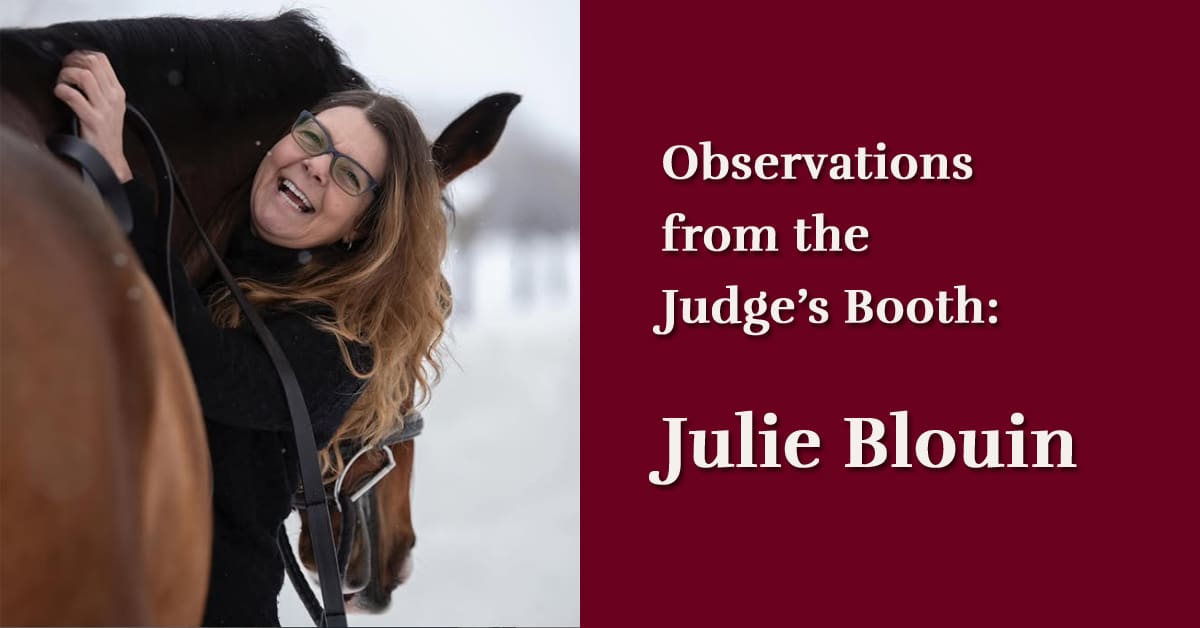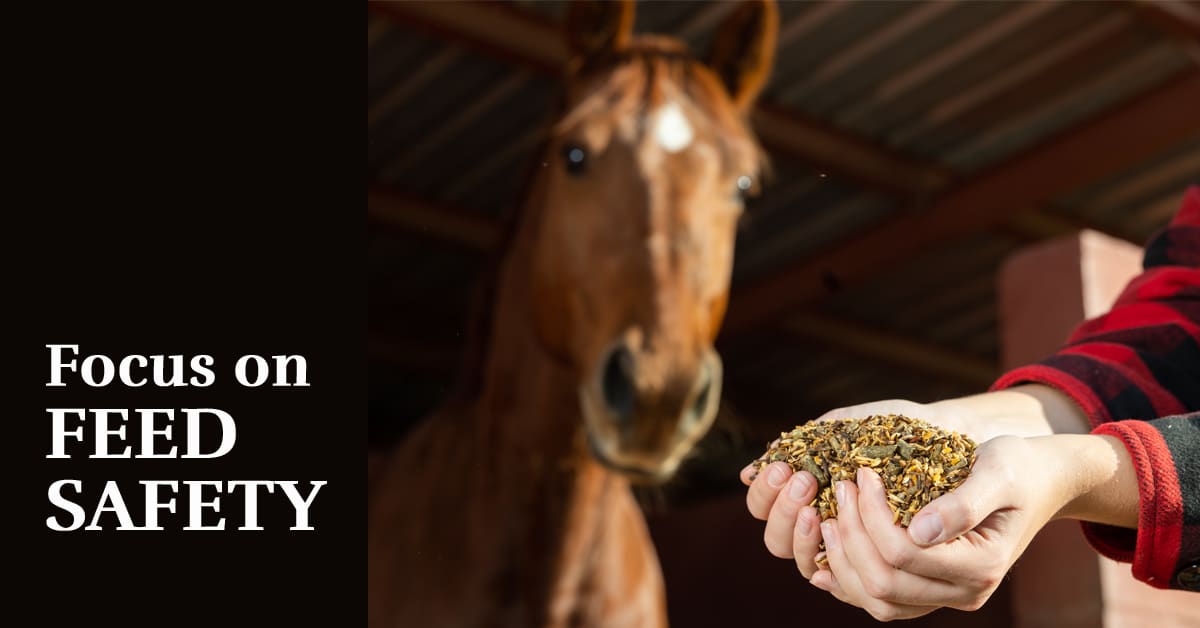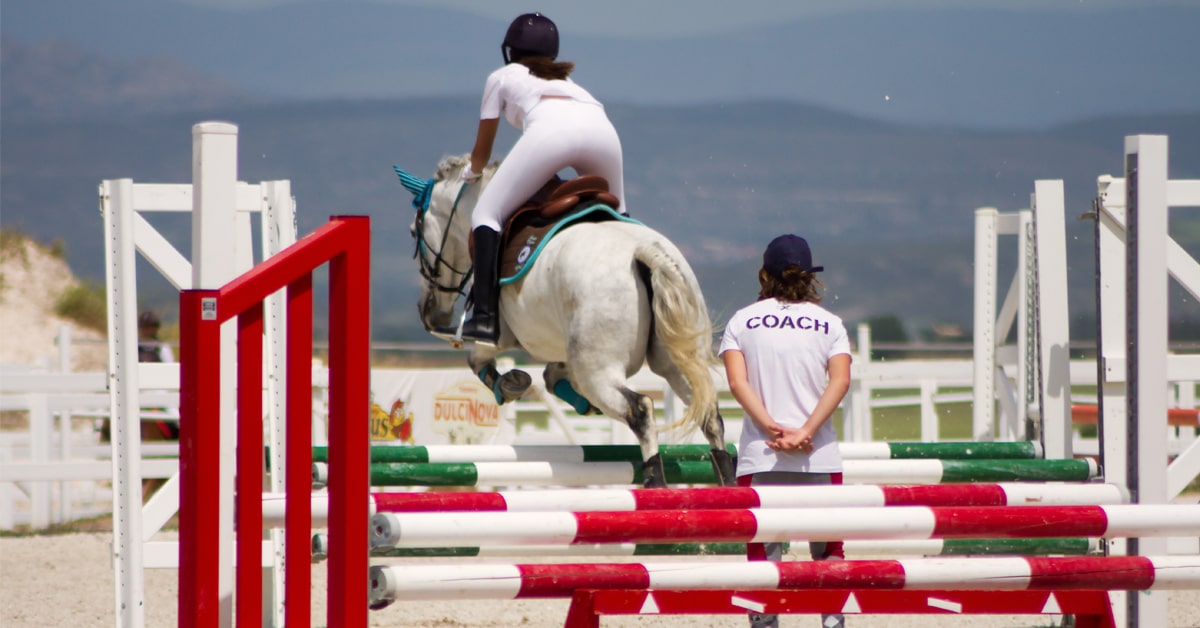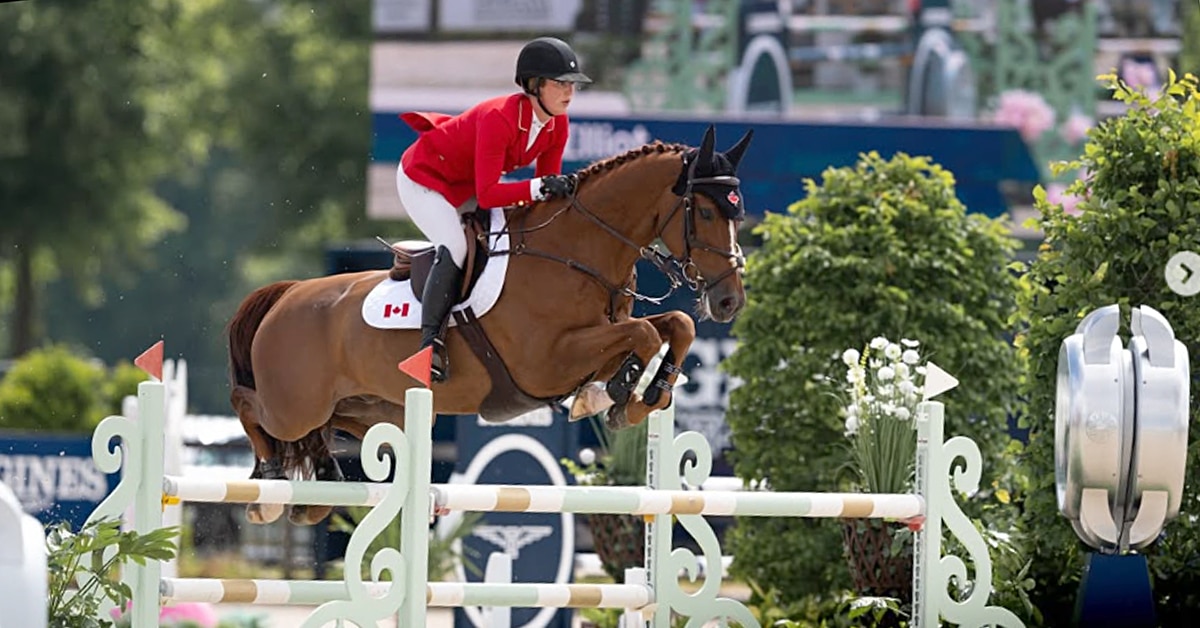Public events, especially those held outdoors in large, unsecured areas, present a unique security challenge. Yet, if you are a busy horse show organizer, the last thing you may think about (or want to think about) is having an emergency plan in place in the event of a disaster.Jeffrey Bagg is the owner and operater of LEO Tactics in Stonewall, Manitoba, a company that trains professional organization’s employees, supervisors and management in emergency planning. With a background including 32 years as a law enforcement officer with the city of Winnipeg, he launched active shooter programs nearly 20 years ago, “before anyone even thought it was an issue.” He is also an expert in civilian and law enforcement response to threats, awareness training, conflict resolution and incident management.
Bagg (who is the husband of FEI Level 2 steward Susan Adey-Bagg) has worked with many Canadian horse shows, consulting on aspects from what to do in case of severe weather or an accident, to the threat of an active shooter, terrorist act, or other criminal matters. He has recently advised a major show jumping venue on redoing their sharps (discarded needles) protocol and has produced a training video for Equestrian Canada for collecting samples during drug testing for continuity and security.
His is an unusual line of work, to say the least, but a natural progression. He explained, “I became an expert in emergency planning in the workplace and for active aggressors when I began looking into what had been lacking in Canada in the mid-2000s. No one was preparing civilians to deal with these scenarios.” His own training included working alongside police officers, emergency responders and civilian members who have dealt with mass casualty incidents such as Columbine, Sandy Hook, San Bernardino, Las Vegas, Orlando nightclub, Parkland, and so on.
Bagg noted that a competition’s emergency action plan should cover all possible emergencies, required actions, written procedures and resources available, including:
- a detailed list of personnel, complete with their contact numbers, duties and responsibilities;
- proper training and a ‘trial run’ simulation of an emergency for those directly involved in the Emergency Plan;
- a review of measures that are in place, eg. ambulance on site for both horse and rider, tarps and screens, ringside emergency equine kits and halters.
- severe weather protocols (safe cover, evacuation plan)
- documentation and recording of all information if an occurrence falls outside of the scope of the Emergency Plan, such as an urgent criminal matter, so that this can be relayed to the proper authorities;
- a debrief at the end of the competition by organizers to discuss if the plan worked or if anything needs to be changed.
“There is no ‘typical’ plan, just basic guidelines for an emergency plan,” said Bagg. “Each venue presents its own unique challenges and you must never treat them all the same. Training starts at the top and works its way down. Communication is paramount to its success. And never exclude local law enforcement.”
For more information, go to leotactics.com or download Equestrian Canada’s Emergency Plan here.
The Latest









